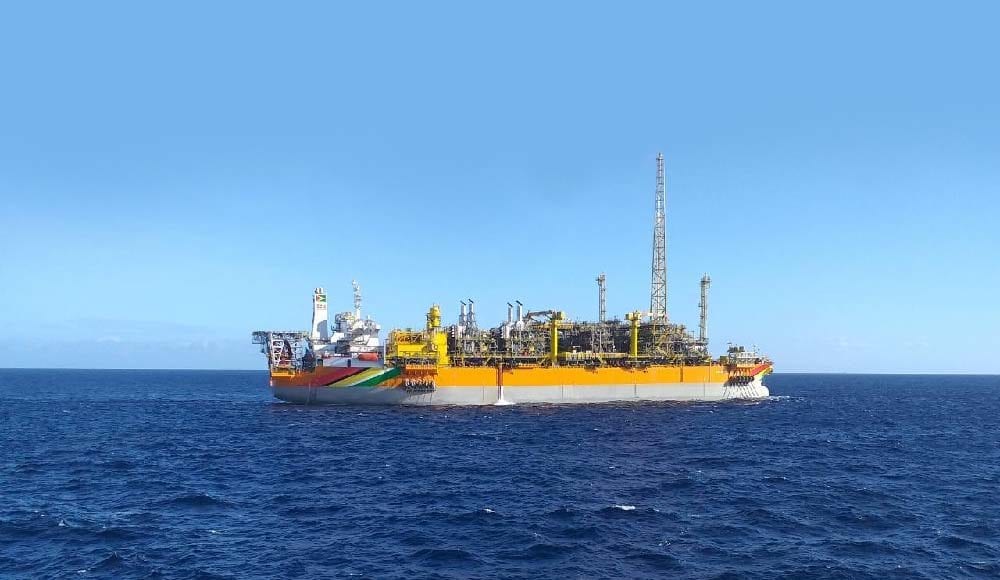ExxonMobil Guyana said Wednesday a document presented to the Environmental Protection Agency (EPA), as referenced by the former Executive Director Dr. Vincent Adams, detailed specific insurance policies for the development of the Liza 1 and 2 projects.
This statement follows reports by Dr. Adams in the media which allege that in 2019, he and an EPA attorney received “hand-delivered” documentation of US$2.5 billion insurance from ExxonMobil Guyana’s former country manager, Rod Henson.
ExxonMobil pointed out, however, that the documents included the joint insurance programme with project-specific insurance policies such as the Construction All Risk Physical Damage – i.e. damage to the subsea equipment – and the Third Party Liability and Operators’ Extra Expense – i.e. well control and pollution – with various per occurrence and aggregate loss limits.
“Unfortunately,” ExxonMobil Guyana said in its statement, “the limits in these various policies have been incorrectly conflated in some media coverage. ExxonMobil Guyana and its co-venturers will respond technically and financially in the unlikely event of an incident and have a robust oil spill response plan in place. Suggestions otherwise are baseless.”
Just on Monday, ExxonMobil Guyana President, Alistair Routledge provided clarity on the matter as he had emphatically noted that no such agreement about a US$2.5 billion insurance coverage was ever made.
Routledge said Exxon is working with the EPA and its co-venturers Hess Corporation and CNOOC, to put in place a combined US$2B package of affiliate company guarantees. He highlighted that this value exceeds equivalent guarantees required by regulators in Canada, the United States, and the United Kingdom.
The Exxon official had also added that in Guyana, his company adheres to an internationally accepted, tiered response system used to determine the requirements of response personnel and equipment. He said this system remains aligned with the principles of the International Convention on Oil Pollution Preparedness, Response and Cooperation (OPRC), the Caribbean Island Oil Pollution Preparedness Response and Cooperation (OPRC), and the National Oil Spill Response Plan of Guyana to provide an efficient framework to build preparedness and response capabilities matching the oil spill risks from all types of operations.
He said citizens should know too that insurance is just one source of financial assurance that could be leveraged for response activities.
Against this backdrop, the country manager said, “The value of insurance will not limit the company’s ability to respond to an event, and response activities would certainly not be delayed by discussions with insurers. We have the financial capacity to meet our responsibilities for an adverse event and we are committed to paying all legitimate costs in the unlikely event of an oil spill.”
Routledge also pointed out that Esso Exploration and Production Guyana Limited, the Operator of the Stabroek block, was established in 1998, and had, as of year-end 2020, almost $US5B in assets, which is a primary form of financial assurance. He said this is separate from the assets of the other Stabroek block co-venturers who also have substantial assets and share any liability for response activities.




